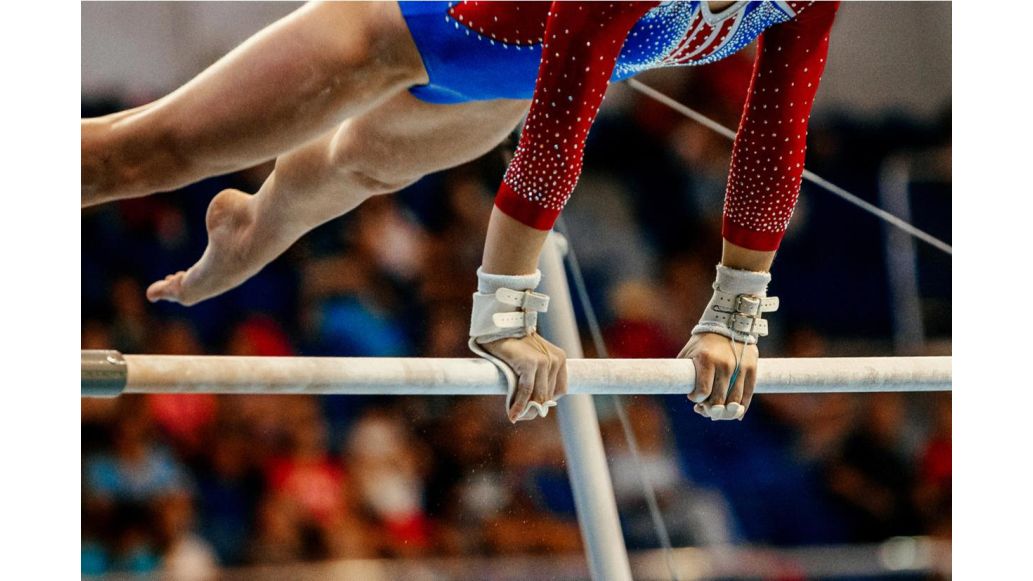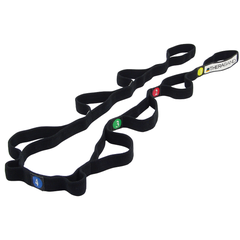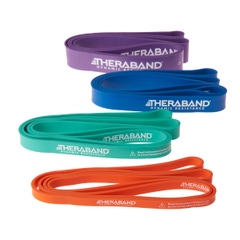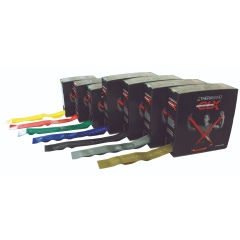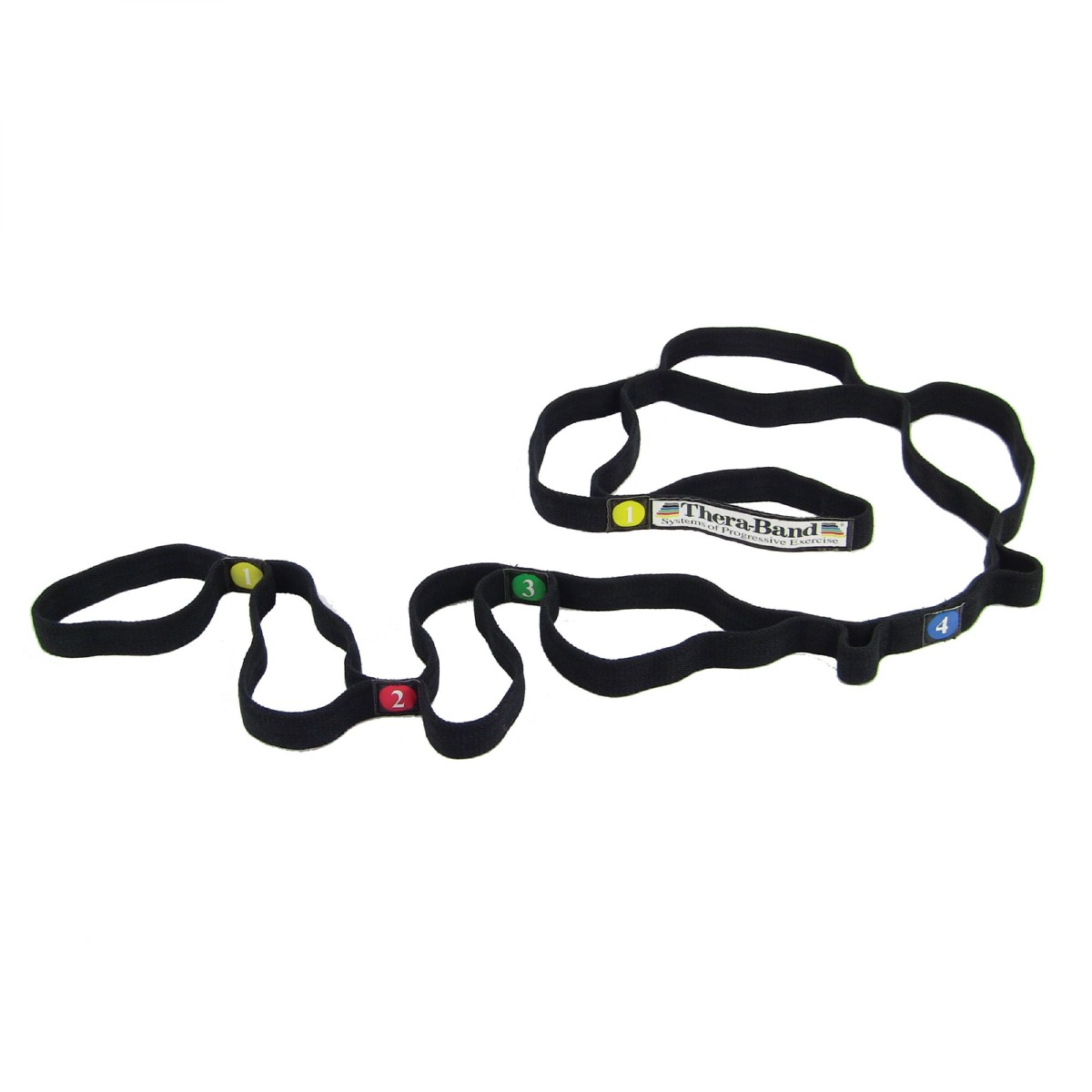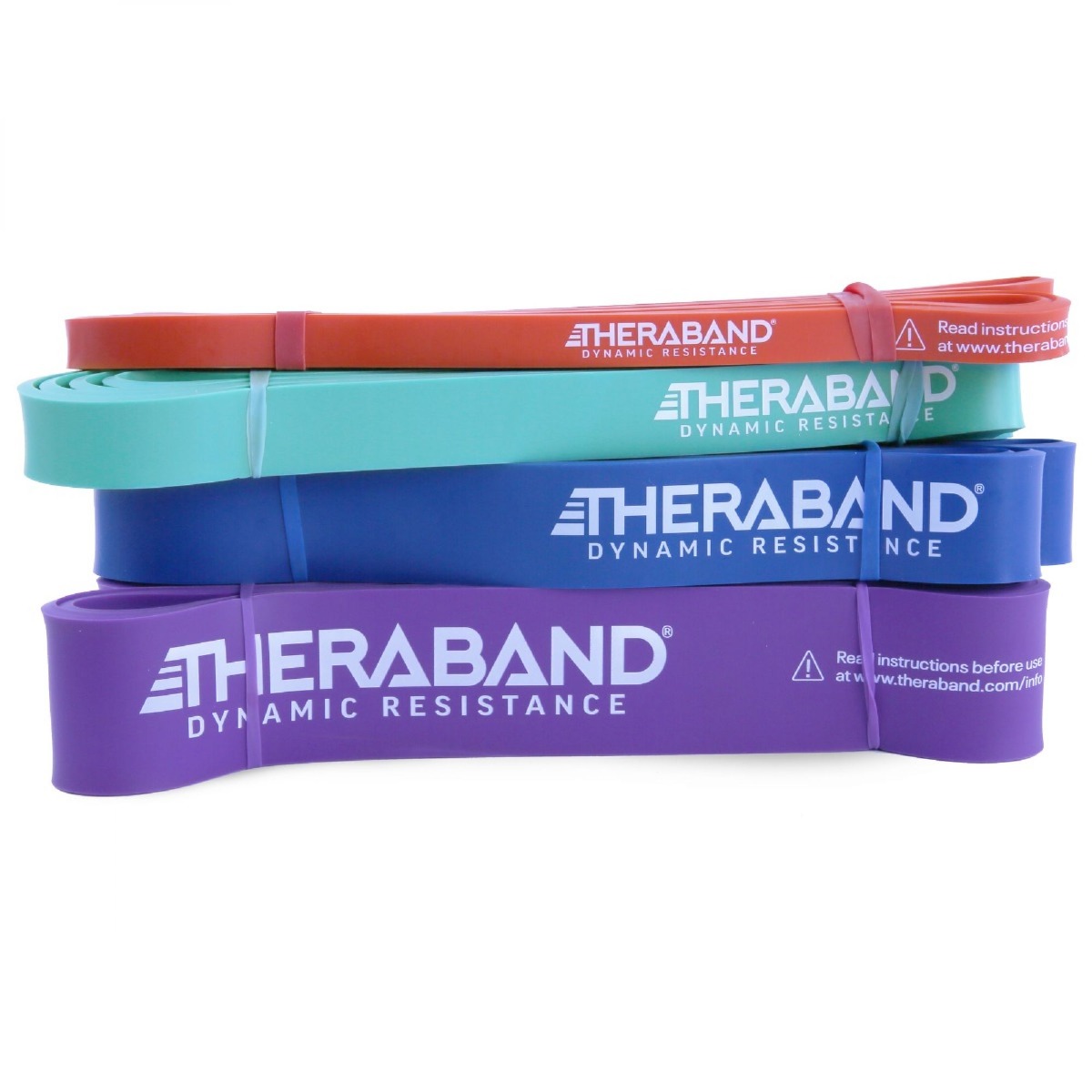Key Takeaways
- It’s important that prior to getting on the balance beam, gymnasts stretch to loosen the upper body, improve flexibility, and prevent injuries
- Muscle strengthening exercises can help gymnasts get a better idea of how their weight is distributed on different gymnastics equipment
- To help improve athletic performance, here are 8 resistive exercises that work the shoulders, chest, core, and more
Top Products in This Article
Gymnasts are among the most athletic people in the world. They must develop lean muscle tone to hold their own body weight in inverted positions and to maintain control of the body during complicated skills such as floor exercises and maneuvers on the beam and bars. More than just tumbling and jumping, gymnasts must also be able to maintain high levels of activity for extended periods.
To help improve muscle strength and flexibility, incorporate these stretches and exercises in your training program!
5 Stretches to Improve Flexibility
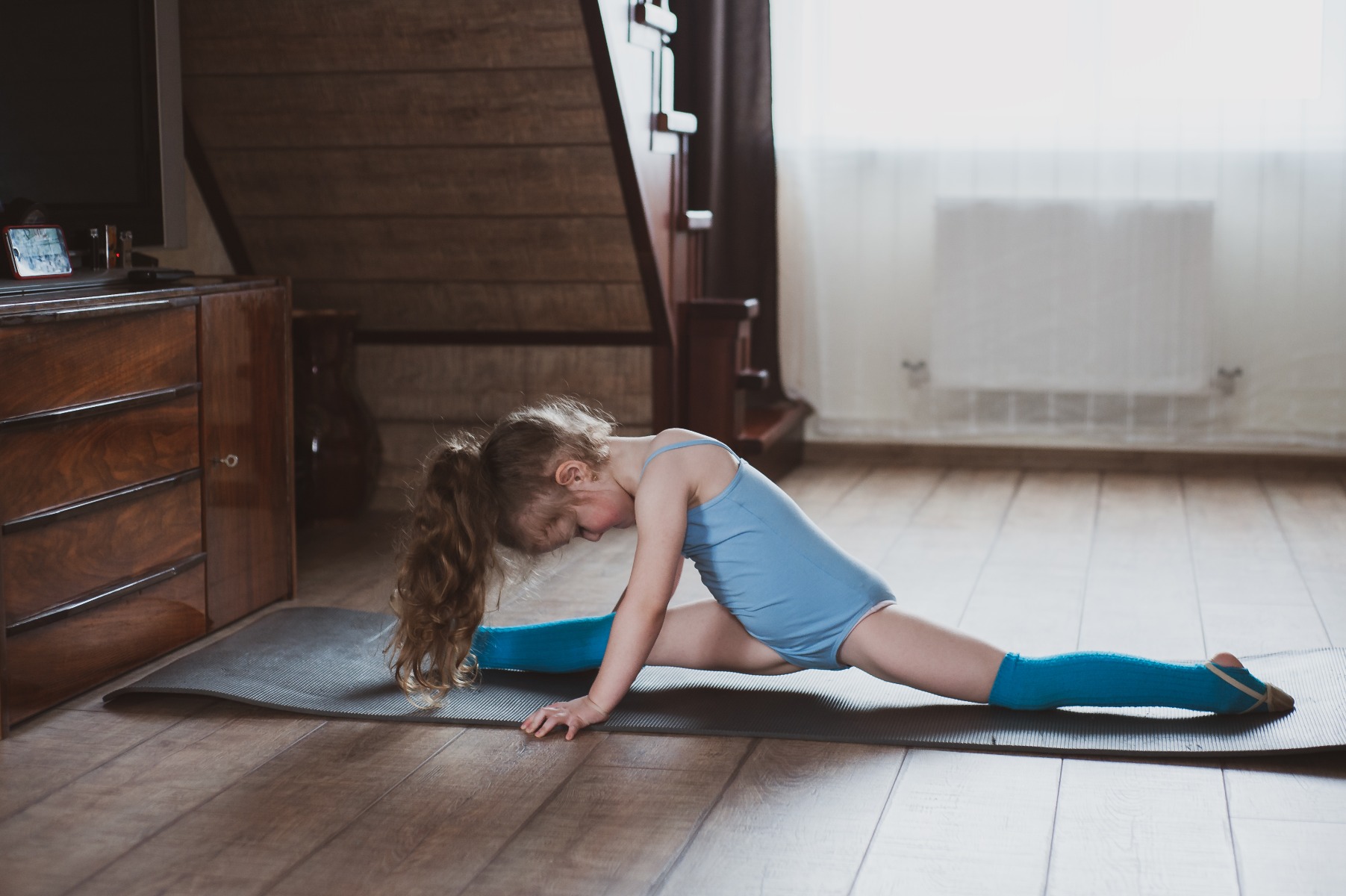
Gymnasts train for strength, power, balance, coordination, agility, and conditioning. But gymnasts also stretch before, during, and after a routine. Stretching helps reduce the severity of injuries. It’s also great for loosening the upper body, improving flexibility, and extending range of motion. The key to each stretch is to perform them slowly, preparing you for more intense movements.
Neck – Forward and Back Tilt
- Start with your back straight. Lower your chin toward your chest and hold for 15-30 seconds.
- Relax, and slowly lift your head back up.
- Then, tilt your chin up toward the ceiling and bring the base of your skull toward your back. Hold for 10 seconds, then return to the start position.
Side Tilt
- Gently tilt your head toward your right shoulder and try to touch it with your ear.
- Hold the stretch for 5-10 seconds, then return to the start position.
- Repeat on the opposite and tilt your head towards your left shoulder.
Calves – Downward Dog
- Start in a quadruped position with your wrists directly beneath your shoulders and your knees beneath your hips.
- Then, as you push your hands into the floor, move your head between your elbows.
- Drive your heels towards the floor. Hold this position anywhere from 30 seconds to 1 minute, peddling the feet.
Shoulders – Wide Legged Forward Bend
- Stand with feet wider than hip distance and toes facing forward. Interlace your hands behind your back and open your chest.
- Engage your leg muscles and keep a slight bend in your knees. Hinge at the hips to fold forward, bringing your arms over your head toward the floor.
- Allow your head to hang down and tuck your chin in slightly to your chest. Remain in this position anywhere from 30 seconds to 1 minute.
Split – Half Split Pose
- From a standing position with the front and back legs extended from each other (staggered).
- Drop the back knee on the floor and keep the top foot flat.
- Keeping the spine long and extended, allow the upper torso to fold over the front leg with the palms on the floor. Keep the front leg straight.
For a more dynamic stretch during any of these exercises, try using a stretch strap. The TheraBand stretch strap supports a variety of hand and foot holds to help improve range of motion and flexibility. This specific stretching aid is marked with numbered sections to visually track progress and set goals and limitations.
If gymnasts don’t properly stretch and warm up before workouts, the risk of developing shoulder injuries can increase. The shoulder is used as a weight-bearing joint in gymnastics. A shoulder impingement can be a painful injury that keeps you from participating in competitive meets. Keep your shoulder stretched and strong to help prevent shoulder pain and injury.
8 Exercises to Improve Performance
Many gymnastic workouts consist of body weight training. Perform exercises such as pushups, pullups, handstand pushups, body-weight squats and different planche positions. These exercises promote muscle growth throughout the entire body and help gymnasts get a better idea of how their weight is distributed on different gymnastics equipment.
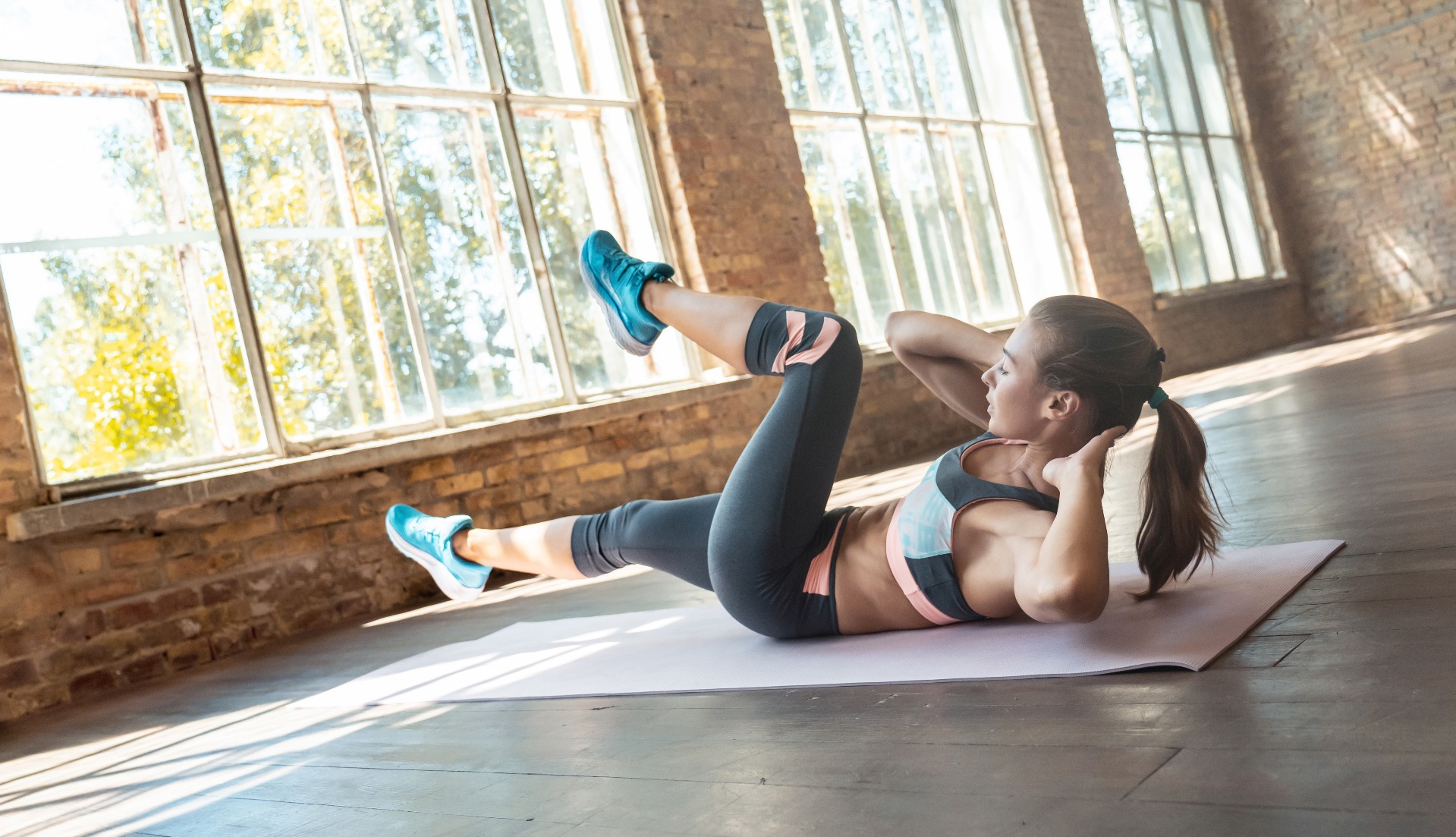
Gymnasts also require a strong core. Almost every gymnastic move is based on the ability to maintain powerful abdominal and lower back muscles. During meets, gymnasts must use their core to pull and push themselves in different directions.
To help build strength and improve athletic performance, this workout demonstrates a mix of body weight and core exercises to practice daily. To advance your workout, try using a high resistance band with weight ranging from 15 to 50 pounds.
Cheerleaders
This exercise is designed to strengthen your shoulder muscles and improve your posture.
Step 1: Hold onto a resistance band in front of you, with your elbows straight
Step 2: Gently pull the resistance band apart
Step 3: Return to the starting position. Then, pull the resistance band to a diagonal
Step 4: Return to the starting position and pull to the opposite diagonal
Step 5: Perform 3 sets of 10 repetitions for each direction
Mountain Climbers
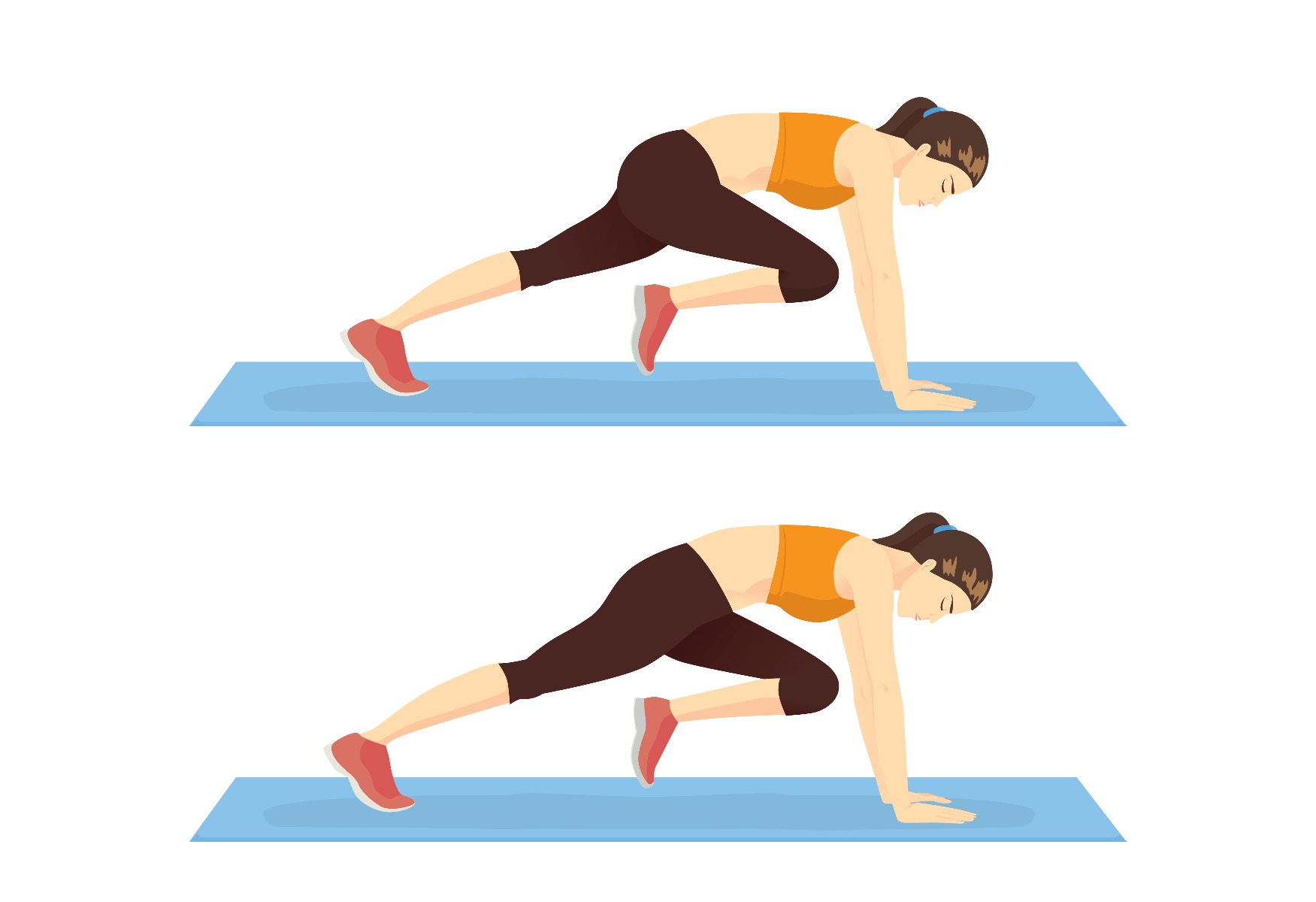
As you perform this movement, your shoulders, arms, and chest work to stabilize your upper body while your core stabilizes the rest.
Step 1: Start in a plank position. Make sure to distribute your weight evenly between your hands and your toes
Step 2: Pull your right knee into your chest
Step 3: Switch legs, pulling one knee out and bringing the other knee in
Step 4: Make sure to keep your hips down and move your knees in and out as fast as you can
Side Lying Abduction
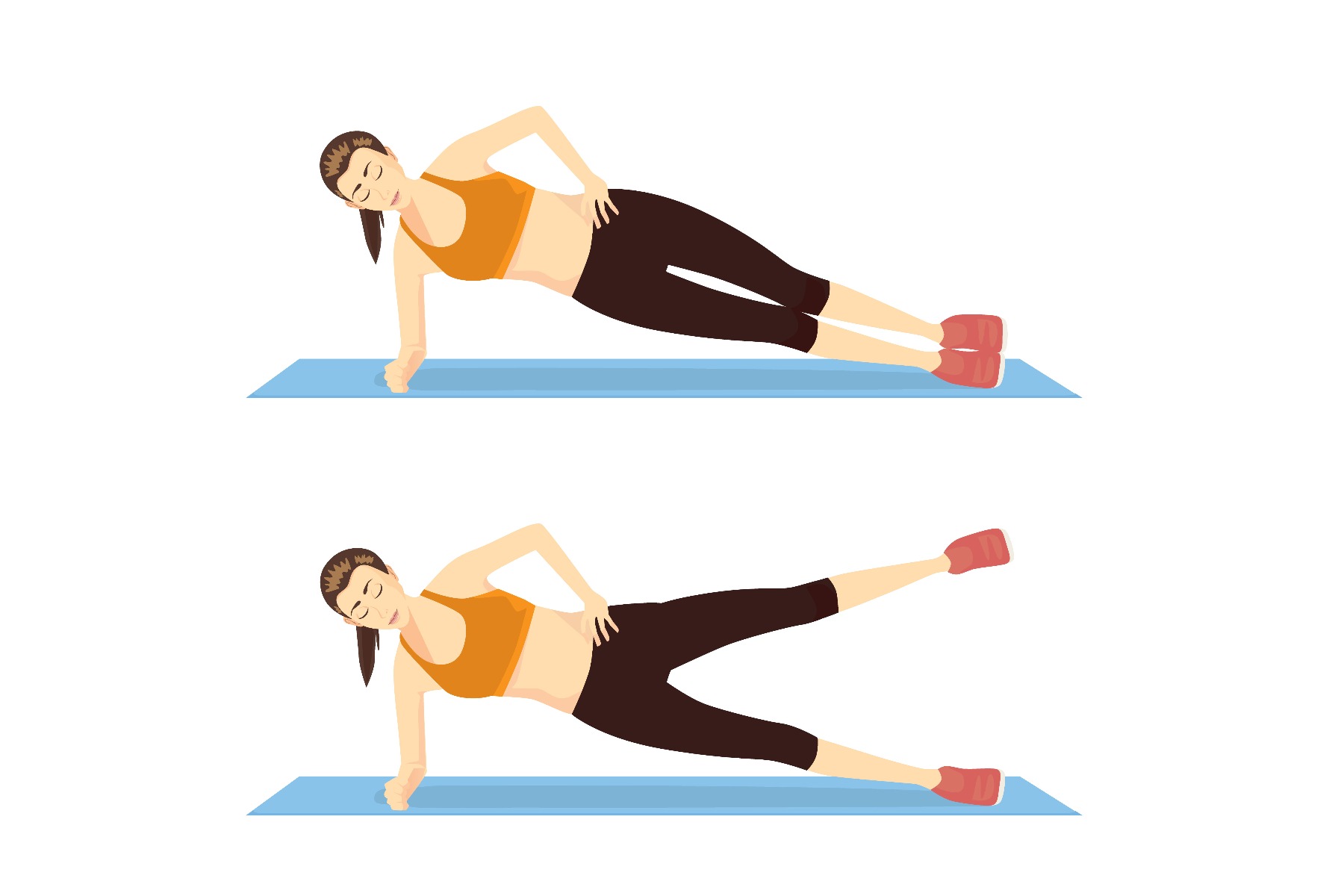
This exercise strengthens the gluteal and core muscles to improve your landing mechanics.
Step 1: Lie down on your side with legs extended and hips in a parallel line, one on top of the other. For a greater challenge, lift your hips off the ground
Step 2: Exhale while raising your upper leg to just above your hip joint
Step 3: Inhale and slowly lower your leg to its starting position, keeping it straight and stacked directly above the lower leg
Step 4: Repeat for a total of 10 leg raises. Flip over to your opposite side and repeat. Continue alternating legs for 3 sets of 10
Glute Bridge
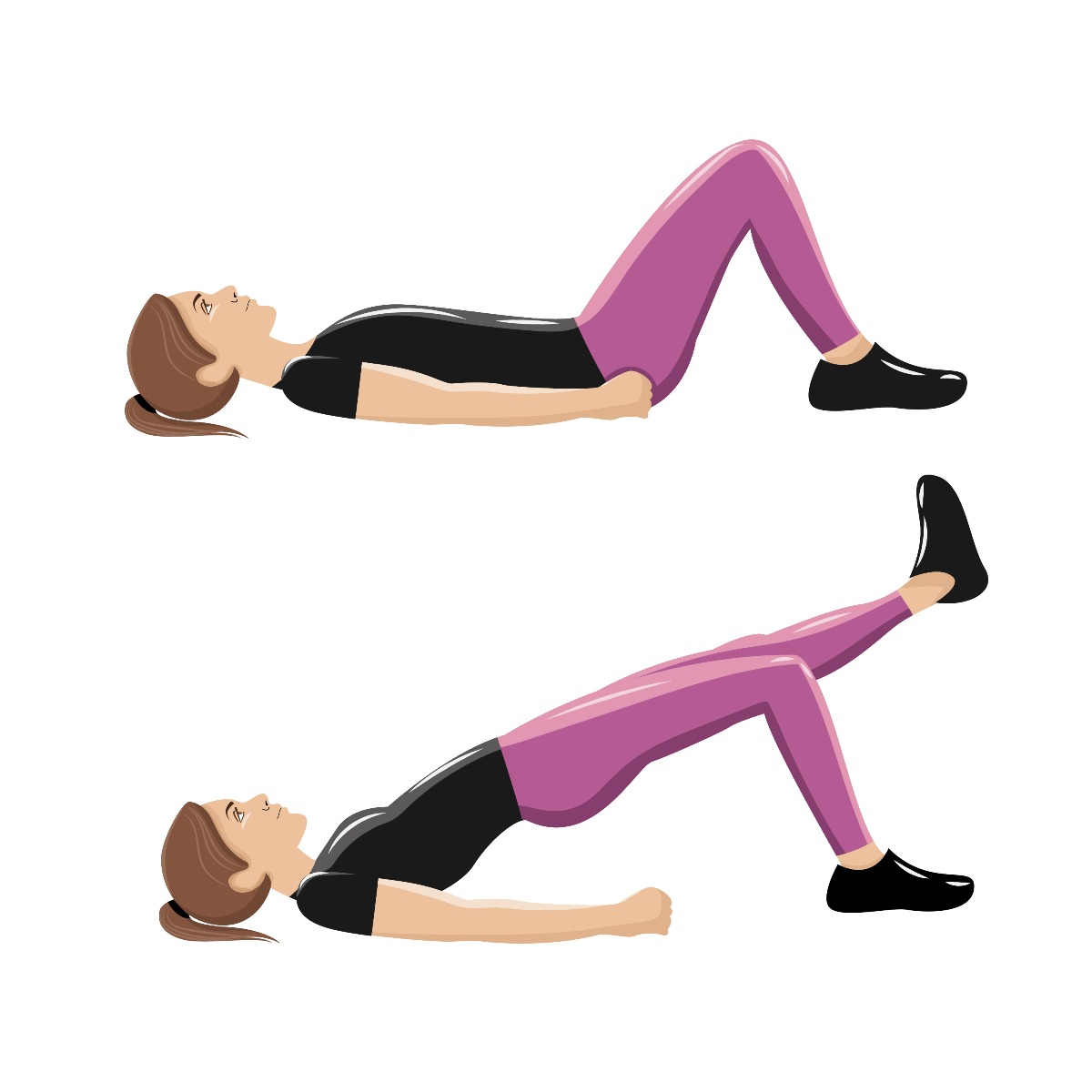
Primarily working the glutes and hip flexors, this exercise also works the abs, hamstrings, and quadriceps.
Step 1: Lie on the floor with your knees bent and feet flat
Step 2: Raise one leg off the floor and bend your knee up towards your chest
Step 3: Push down through your other heel and push your hips up, raising your glutes off the floor. Hold this pose for 3-5 seconds
Step 4: Return to the start position by lowering your hips to the floor
For a greater challenge, place a resistance band just above your knees during this exercise
Squat to Chair
This exercise strengthens your quadriceps, gluteal muscles, and core and helps with improving your landing mechanics.
Step 1: Begin by place each foot into the end easy grip loops of the CLX
Step 2: Feed each arm through the two center easy grip loops with one seal between
Step 3: Fold and raise arms to shoulder height and place feet hip width apart
Step 4: Maintain your arms with elbows bent and hands crossed at shoulder level as you slowly squat until your thighs are parallel to the floor
Step 5: Without leaning forward slowly return to a standing position maintaining a neutral back and neck alignment
Hollow Hold
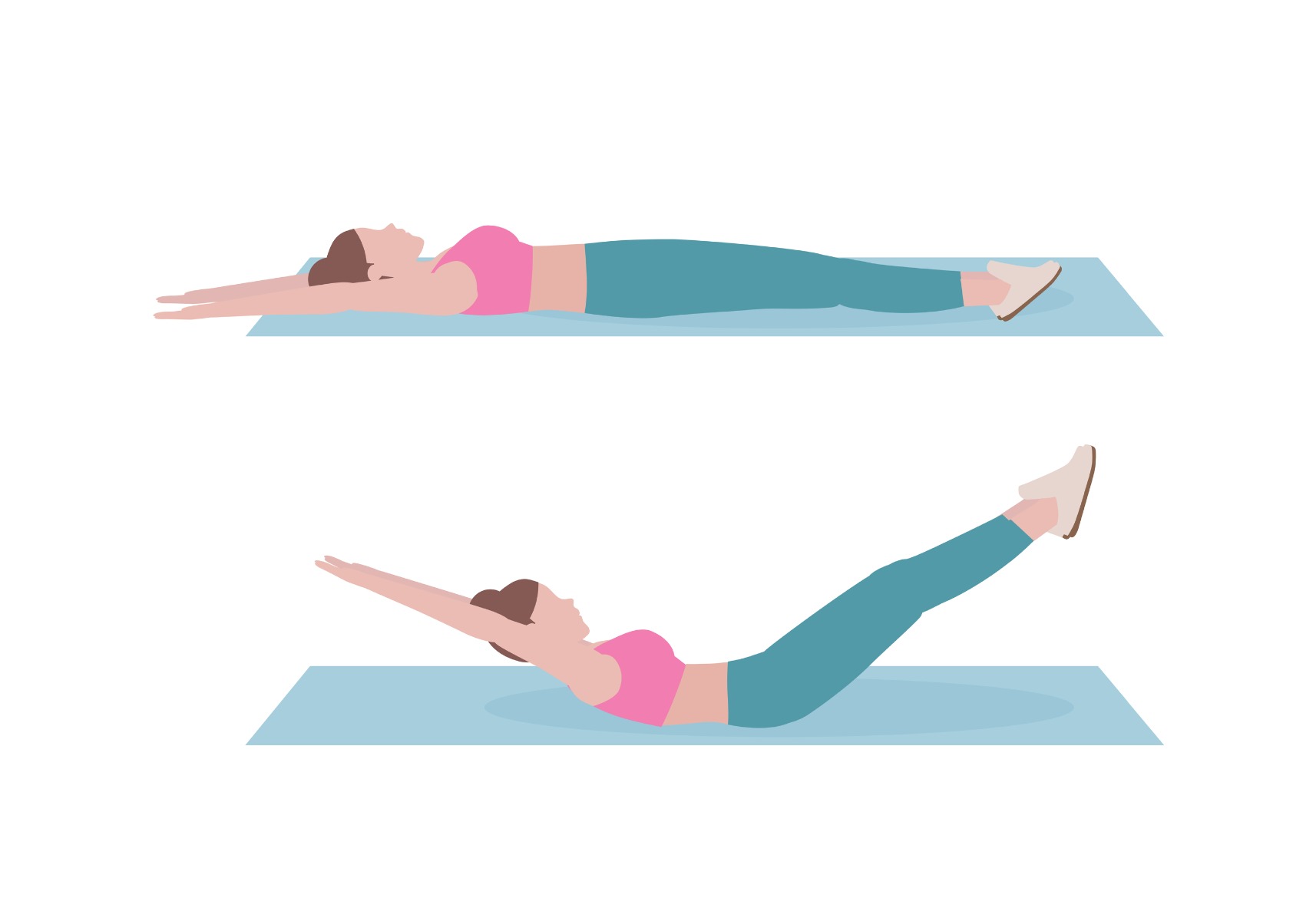
This exercise involves bracing your abdominal muscles and creating complete body tension.
Step 1: Start by lying on your back with your legs together and arms over your head
Step 2: Contract your ab muscles and lift your legs, head, and shoulders a few inches off the floor
Step 3: Make sure your body should be in a crescent shape from head to toe. Hold this position for 15- 30 seconds
Once you can hold this position comfortably, begin to incorporate rocking back and forth. Start doing slow and small movements, and gradually increase the speed and intensity.
Banded Shoulder Dislocates
Helps improve overhead agility and shoulder strength as well as promote better posture.
Step 1: Start by holding a resistance band or towel with your palms facing your body
Step 2: Slowly bring your arms up and overhead with straight elbows
Step 3: When the band is overhead, shrug your shoulders to lower your arms behind you and finish the movement by bringing your hands past the back of your legs while still gripping the band
Step 4: Bring your arms back up and over your head to complete the repetition. Complete 3 sets of 10
Planche Pushup
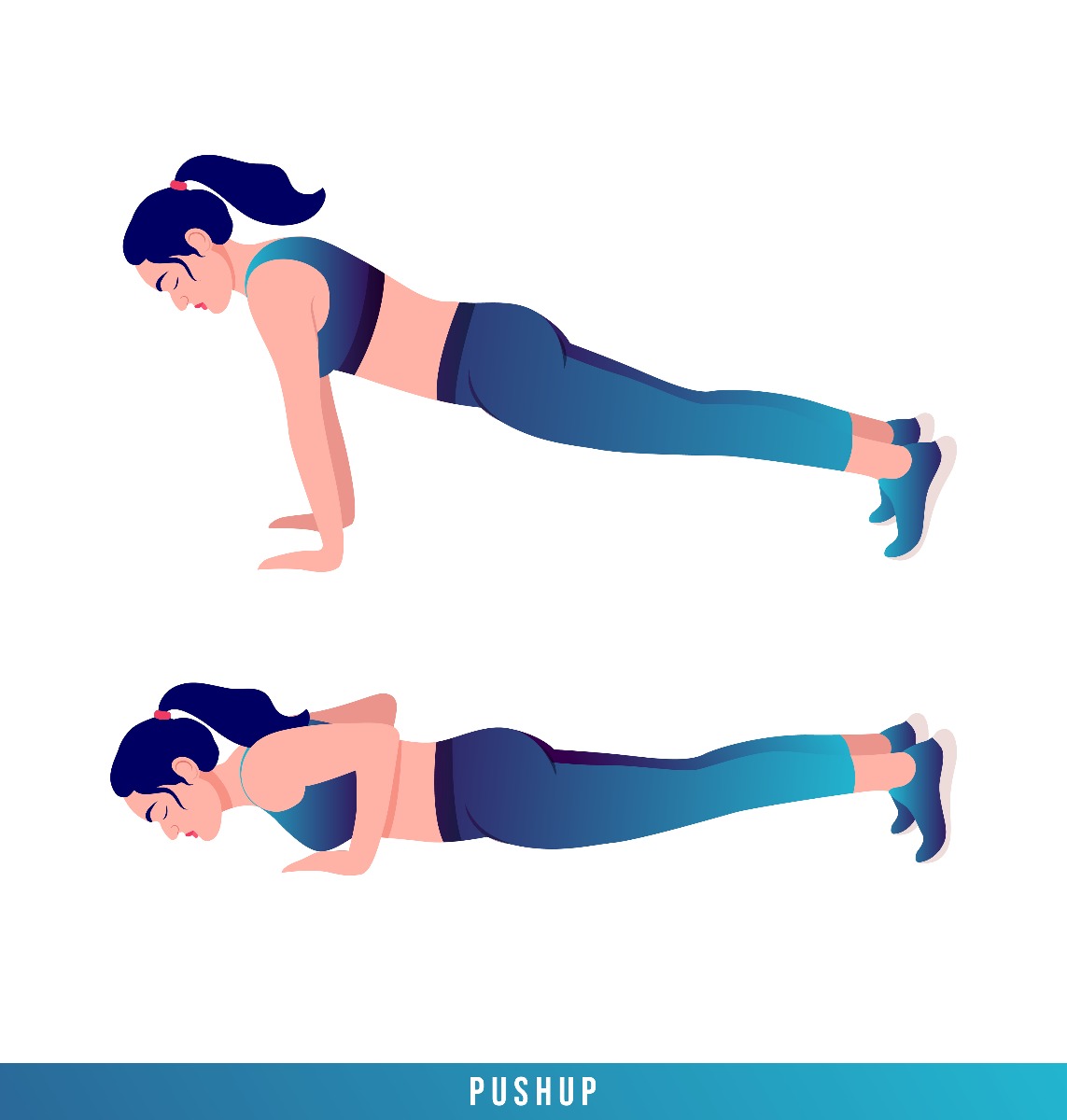
This is an advanced strength exercise that requires significant upper body, core, and leg strength
Step 1: Assume a pushup position with your arms straight and your hands below your shoulders. Your body should form a straight line from your head to your ankles
Step 2: As you bend your elbows and lower your body toward the floor, allow your chest and shoulders to shift forward until your hands are below your ribs
Step 3: Hold for 1-3 seconds, and then push back up to the starting position
In addition to body weight exercises, it’s important to perform a variety of cardiovascular exercises to be able to have the stamina for long practices and meets. Most cardio training should be done during the off-season. It should consist mainly of low-intensity exercise with some intervals to build a good aerobic base and improve your cardiovascular system. Perform cardiovascular exercises such as jogging, sprinting, and interval training.
References
- Buettner, Kristin. (2019). The Essential Stretches for Every Level of Gymnast. Healthline. Retrieved from https://bit.ly/399AQtA
- Clark, Shannon. (2019). How Do Gymnasts Train for Success? Body Building. Retrieved fromhttps://bbcom.me/3oaonKk
Medical Disclaimer: The information provided on this site, including text, graphics, images and other material, are for informational purposes only and are not intended to substitute for professional medical advice, diagnosis or treatment. Always seek the advice of your physician or other healthcare professional with any questions or concerns you may have regarding your condition.








 France
France Australia
Australia